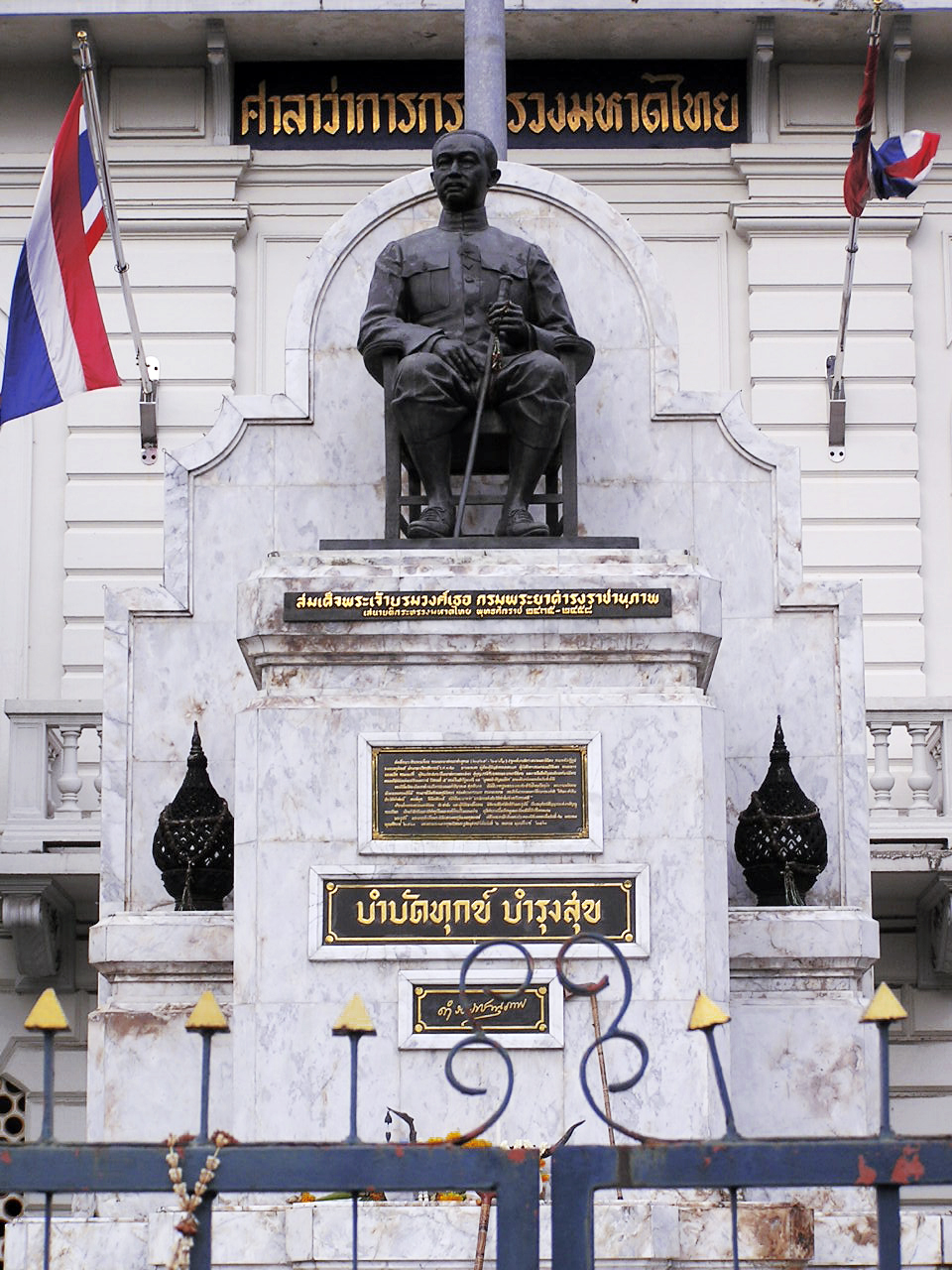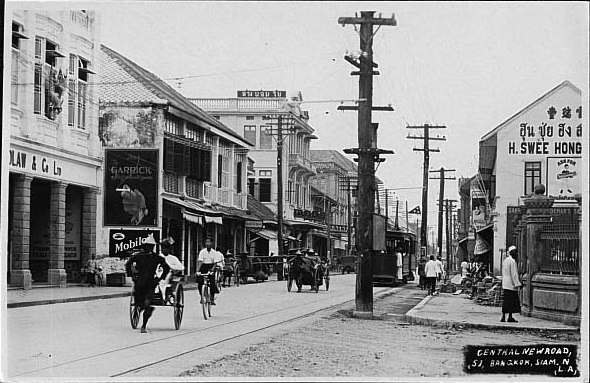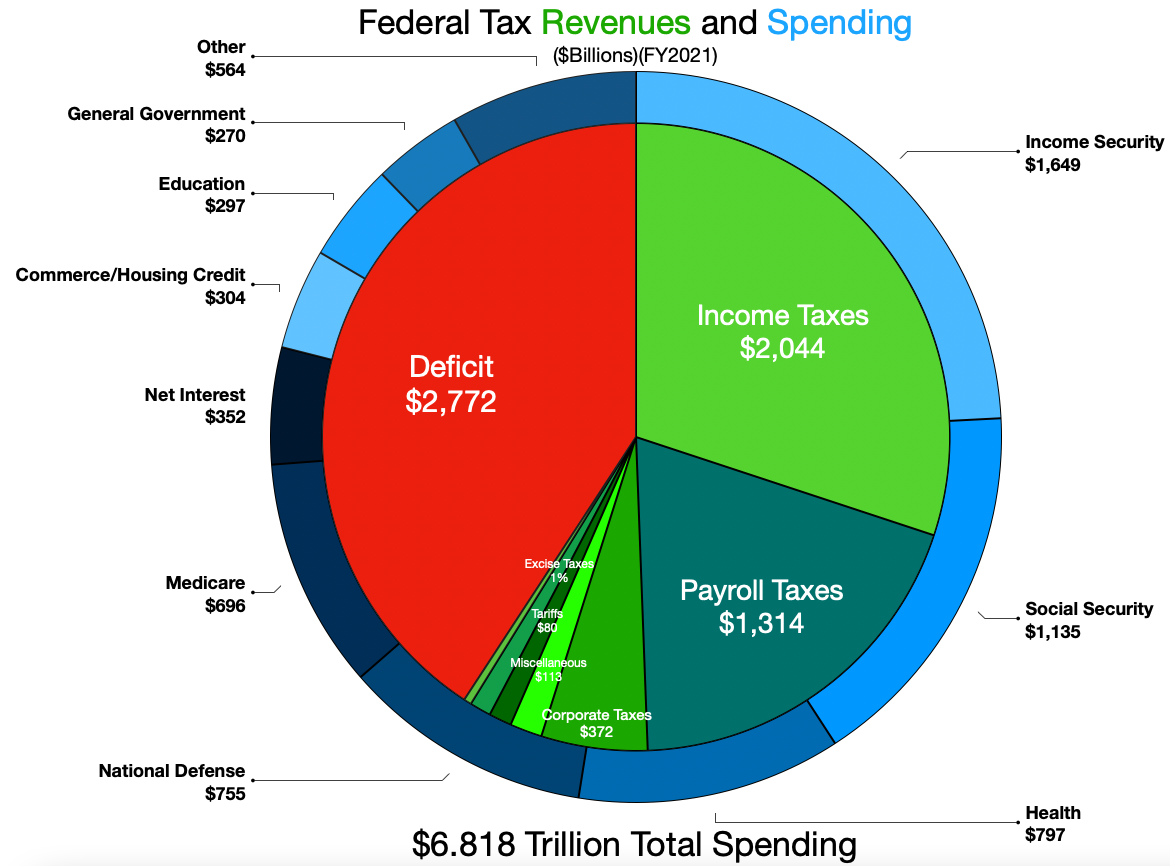|
Metropolitan Electricity Authority
The Metropolitan Electricity Authority (MEA) ( th, การไฟฟ้านครหลวง) is a Thai state enterprise under the Ministry of Interior. It was established on 1 August 1958 by the Metropolitan Electricity Authority Act 1958 (BE 2501). Its governor is Mr Somchai Roadrungwasinkul. History The first recorded use of electricity in Thailand was the lighting of the Chakri Maha Prasat Hall of the Grand Palace on the occasion of the birthday of King Chulalongkorn on 20 September 1884. The king took a great interest in electricity, particularly its potential for street lighting. In 1897, Luang Pinitjakrapan and Leo Nadee established the Bangkok Electric Light Syndicate to generate and distribute electricity to the citizens of Bangkok. It was later sold as concession to Siam Electricity Co. Ltd., a Danish company led by Aage Westenholz which at the time also operated the trams. Its main power plant was located at Wat Liap near the Memorial Bridge and thus Wat Liap Powe ... [...More Info...] [...Related Items...] OR: [Wikipedia] [Google] [Baidu] |
Ananta Samakhom Throne Hall
The Ananta Samakhom Throne Hall ( th, พระที่นั่งอนันตสมาคม : ''Phra Thinang Anantasamakhom'': translated as 'The place of immense gathering'Noobanjong, page 167) is a royal reception hall in Dusit Palace in Bangkok, Thailand. It was commissioned by King Chulalongkorn (Rama V) in 1908. The building was completed in 1915, five years after Rama V's death in 1910. It is now employed from time to time for state occasions. Until October 2017, when it indefinitely closed to the public, the hall was open to visitors as a museum and housed the Arts of the Kingdom exhibition, which showcased handicrafts produced under the sponsorship of the Queen Sirikit Institute. History One year after the completion of the Amphorn Sathan Residential Hall in 1906, King Chulalongkorn (Rama V) commissioned the construction of a grand European-style reception hall for use by the royal court inside Dusit Palace. The king named the hall ''Phra Thinang Ananta Samakhom ... [...More Info...] [...Related Items...] OR: [Wikipedia] [Google] [Baidu] |
Bangkok
Bangkok, officially known in Thai language, Thai as Krung Thep Maha Nakhon and colloquially as Krung Thep, is the capital and most populous city of Thailand. The city occupies in the Chao Phraya River delta in central Thailand and has an estimated population of 10.539 million as of 2020, 15.3 percent of the country's population. Over 14 million people (22.2 percent) lived within the surrounding Bangkok Metropolitan Region at the 2010 census, making Bangkok an extreme primate city, dwarfing Thailand's other urban centres in both size and importance to the national economy. Bangkok traces its roots to a small trading post during the Ayutthaya Kingdom in the 15th century, which eventually grew and became the site of two capital cities, Thonburi Kingdom, Thonburi in 1768 and Rattanakosin Kingdom (1782–1932), Rattanakosin in 1782. Bangkok was at the heart of the modernization of Siam, later renamed Thailand, during the late-19th century, as the country faced pressures from the ... [...More Info...] [...Related Items...] OR: [Wikipedia] [Google] [Baidu] |
Ministry Of Interior (Thailand)
The Ministry of Interior of the Kingdom of Thailand ( Abrv: MOI; th, กระทรวงมหาดไทย, ) is a cabinet-level department in the Government of Thailand. The ministry has wide ranging responsibilities. It is responsible for local administration, internal security, citizenship, disaster management, road safety, land management, issuance of national identity cards, and public works. The ministry is responsible for appointing the 76 governors of the Provinces of Thailand. The Minister of Interior ( th, รัฐมนตรีกระทรวงมหาดไทย) is the head of the ministry. He is appointed by the King of Thailand on the recommendation of the prime minister. Since 30 August 2014, the head of the ministry has been retired General Anupong Paochinda. He is aided by two deputy ministers. The FY2019 budget of the ministry is 371,802 million baht. History The ministry in its present form was founded on 1 April 1892 by King Chulalongkorn (Rama V ... [...More Info...] [...Related Items...] OR: [Wikipedia] [Google] [Baidu] |
Grand Palace
The Grand Palace ( th, พระบรมมหาราชวัง, Royal Institute of Thailand. (2011). ''How to read and how to write.'' (20th Edition). Bangkok: Royal Institute of Thailand. .) is a complex of buildings at the heart of Bangkok, Thailand. The palace has been the official residence of the Kings of Siam (and later Thailand) since 1782. The king, his court, and his royal government were based on the grounds of the palace until 1925. King Bhumibol Adulyadej (Rama IX), resided at the Chitralada Royal Villa and his successor King Vajiralongkorn (Rama X) at the Amphorn Sathan Residential Hall, both in the Dusit Palace, but the Grand Palace is still used for official events. Several royal ceremonies and state functions are held within the walls of the palace every year. The palace is one of the most popular tourist attractions in Thailand. Construction of the palace began on 6 May 1782, at the order of King Phutthayotfa Chulalok (Rama I), the founder of the Chakr ... [...More Info...] [...Related Items...] OR: [Wikipedia] [Google] [Baidu] |
Chulalongkorn
Chulalongkorn ( th, จุฬาลงกรณ์, 20 September 1853 – 23 October 1910) was the fifth monarch of Siam under the House of Chakri, titled Rama V. He was known to the Siamese of his time as ''Phra Phuttha Chao Luang'' (พระพุทธเจ้าหลวง, the Royal Buddha). Chulalongkorn's reign was characterised by the modernisation of Siam, governmental and social reforms, and territorial concessions to the British and French. As Siam was surrounded by European colonies, Chulalongkorn, through his policies and acts, ensured the independence of Siam. All his reforms were dedicated to ensuring Siam's independence given the increasing encroachment of Western powers, so that Chulalongkorn earned the epithet ''Phra Piya Maharat'' (พระปิยมหาราช, the Great Beloved King). Early life King Chulalongkorn was born on 20 September 1853 to King Mongkut and Queen Debsirindra and given the name Chulalongkorn. In 1861, he was designated ' ... [...More Info...] [...Related Items...] OR: [Wikipedia] [Google] [Baidu] |
Trams In Bangkok
The Bangkok tram system (รถรางกรุงเทพ) was a transport system in Bangkok, Thailand. Its first-generation tram network first operated as a horse tram system, and was eventually converted to electric trams in the late nineteenth century. History The first tram line in Bangkok was built on Charoen Krung Road (New Road as it was then known), Thailand's first road to be built by Western techniques. John Lofton, a British naval officer working with the Royal Thai Navy along with a Danish colleague, saw a profitable tram service on the line, considering travel times were significant in getting from one end of the road to another. They surveyed the area for three days before requesting to operate a tram service under a government concession. They received a fifty-year allowance to operate trams on seven routes in 1887 and thus opened the first horse-driven tram line, the Bang Kho Laem Line on Charoen Krung Road on 22 September 1888. It did not gain popularity du ... [...More Info...] [...Related Items...] OR: [Wikipedia] [Google] [Baidu] |
Siam Electricity Company Limited
The Siam Electricity Company Limited was the first power company in Thailand. It provided electricity for Bangkok from its Wat Liap Power Plant throughout the first half of the twentieth century, and also was a major operator of the city's tram system. The company's first inception was in 1889, but it struggled and went bankrupt within a few years. In 1898, a Danish company of the same name was granted a concession for its operations, and the business prospered under the new company. The availability of electricity was expanded throughout the city, as were tram services. The plant was heavily damaged by Allied bombing towards the end of World War II, but was repaired and continued to operate for almost two more decades. The company, which had been renamed Thai Electric Corporation Limited in 1939, operated until 1950, when its concession ended and its operations were nationalized as Bangkok Electric Works. The state enterprise in turn became merged into the Metropolitan Electri ... [...More Info...] [...Related Items...] OR: [Wikipedia] [Google] [Baidu] |
Provincial Electricity Authority
The Provincial Electricity Authority (PEA) ( Abrv: กฟภ. ; th, การไฟฟ้าส่วนภูมิภาค, ) is a Thai state enterprise under the Ministry of Interior. Established on 28 September 1960 by the Provincial Electricity Authority Act 1960 (BE 2503, it is currently headed by Chayabol Thitisak. PEA is responsible for providing electricity in 74 provinces in Thailand—all except Bangkok, Samut Prakan, and Nonthaburi)—which are served by the Metropolitan Electricity Authority. History The first town electricity system installed outside Bangkok was in Nakhon Pathom City in 1930. In 1934, the Provincial Electricity Division was set up. After World War II, a royal decree replaced the division and formed the Provincial Electricity Organisation on 16 March 1954. The PEA was then established on 28 September 1960 by the Provincial Electricity Authority Act 1960. Following the ''Third National Social and Economic Development Plan (1972-1975)'', and signif ... [...More Info...] [...Related Items...] OR: [Wikipedia] [Google] [Baidu] |
Fiscal Year
A fiscal year (or financial year, or sometimes budget year) is used in government accounting, which varies between countries, and for budget purposes. It is also used for financial reporting by businesses and other organizations. Laws in many jurisdictions require company financial reports to be prepared and published on an annual basis but generally not the reporting period to align with the calendar year (1 January to 31 December). Taxation laws generally require accounting records to be maintained and taxes calculated on an annual basis, which usually corresponds to the fiscal year used for government purposes. The calculation of tax on an annual basis is especially relevant for direct taxes, such as income tax. Many annual government fees—such as council tax and license fees, are also levied on a fiscal year basis, but others are charged on an anniversary basis. Some companies, such as Cisco Systems, end their fiscal year on the same day of the week each year: the day ... [...More Info...] [...Related Items...] OR: [Wikipedia] [Google] [Baidu] |

.jpg)




.jpg)
